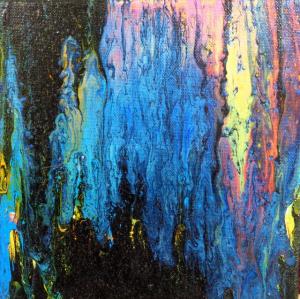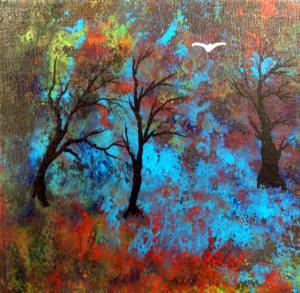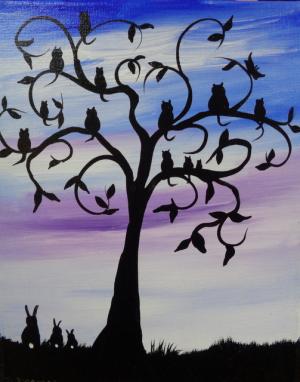How to Guides
A rough guide to Copyright
Copyright gives you exclusive rights to an item, including the right to reproduce and sell it, and to make derivative works from it. Owning copyright of a particular item also confers the right to display it publicly. For a more comprehensive defintition of Copyright, please see http://en.wikipedia.org/wiki/Copyright
Copyright is an automatic right conferred on the production of a work - regardless of whether it was produced as a commission or not, providing you were not specifically tasked with producing the work for an employer, whilst in employment. In this case, your employer owns copyright of the piece of work you have produced.
When producing an original piece of art, you do not have to do anything to be granted copyright – it is yours automatically when you produce the work which is not based on or copied from another piece of work. Basing a piece of work on, or copying another piece of work – even loosely, will be likely to put you in breech of copyright…the copyright belonging to the artist who has produced the original work that you are copying. You can, of course, copy another piece of work if you have express, written permission from the copyright owner.
It is advisable (although not a legal necessity) to indicate copyright of an artwork on the reverse of the work, by adding the © sign beside your signature.
There is no such thing as international copyright that will protect your rights in every country. Each country has their own laws and agreements with other nations regarding copyright. However, the two main international copyright conventions which most countries refer to are the Berne Convention and the Universal Copyright Convention .
In the UK, copyright advice in relation to the Arts can be found on www.dacs.org.uk








